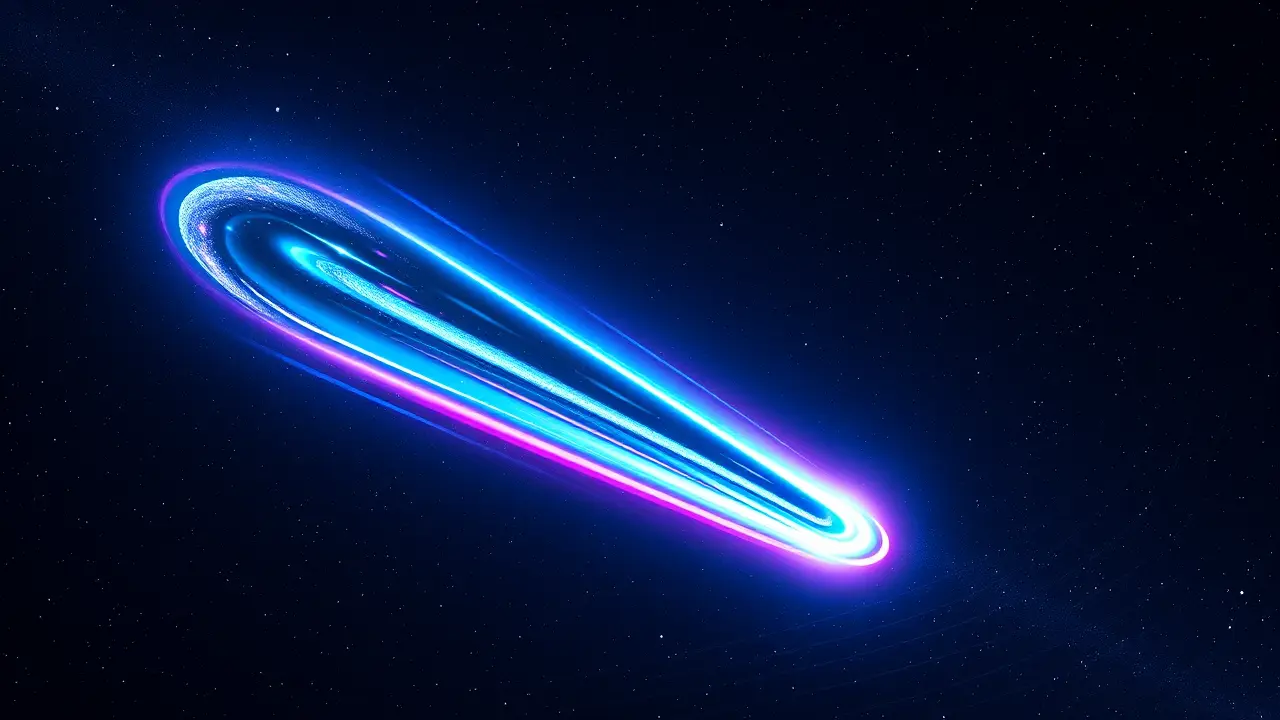Observing Two Comets in the October Sky.
The celestial stage of 2025 is putting on a spectacular show, with the inner solar system currently hosting a trio of cometary visitors, a cosmic traffic jam that has astronomers and stargazers alike riveted. The headline act, of course, is the enigmatic 3I/ATLAS, a celestial body that continues to defy easy classification and fuel the most thrilling scientific debates.Is it merely a regular comet with a few peculiar behavioral tics, a cosmic maverick spinning through the void? Or are we witnessing something far more profound—the first tangible evidence of an extraterrestrial artifact, a Voyager probe from another star system silently coasting through our neighborhood? The answer depends entirely on which astrophysicist you corner at a conference; the discourse swings from conservative orbital mechanics to the intoxicating possibilities of technosignatures, a division as vast as the space the object itself traverses. This ambiguity is precisely what makes modern astronomy so electrifying; we are no longer passive observers of predictable clockwork but active participants in a grand, unfolding mystery.The arrival of these celestial wanderers, particularly the two set to grace our October skies, invites us to look up and contemplate our place in a universe that is far stranger and more dynamic than we often assume. Consider the history of comet science, from the fear and omens they inspired in ancient civilizations to Halley's groundbreaking realization of their periodic nature, and now to our present era where we can dispatch robotic emissaries like Rosetta to rendezvous with a comet's nucleus.The upcoming dual performance in October is a reminder that this exploration is accessible to anyone with a clear, dark sky. It connects us directly to the ambitions of visionaries like Elon Musk, who see such celestial objects not just as spectacles, but as waypoints and resources for a future interplanetary civilization. Observing these icy relics from the solar system's formation is, in a very real sense, reading a chapter from our own origin story, a narrative written in frozen gas and dust, now illuminated by the sun as they streak across the autumn darkness.
Latest News
The charts are whispering what the true believers have felt in their bones for weeks—Dogecoin is carving out a bottom.
17 hours ago5 comments
The Institute for Fiscal Studies has thrown a stark warning onto Rachel Reeves's desk, urging the Chancellor to confront a potential £22 billion shortfall in
17 hours ago3 comments
Alright, let's break down this absolute heater of a performance from the Chicago Blackhawks, because if you missed this one, you missed a party.
17 hours ago5 comments
The ice was hot last night in the NHL, folks, serving up a slate of games that felt less like a regular season Tuesday and more like a playoff preview with a
18 hours ago3 comments
The XRP chart is painting a tantalizing picture for those with the stomach to withstand the relentless pressure from crypto's leviathans.
18 hours ago4 comments
It’s in the small shifts, the quiet recalibrations of a Thursday morning, where the most meaningful change often takes root.
18 hours ago4 comments
In a move that sent ripples of quiet confidence through the crypto ecosystem, blockchain intelligence firms tracked a monumental treasury allocation from
18 hours ago4 comments
In a move that would have drawn a nod of approval from historical figures like Churchill, who understood the delicate balance of power within democratic
18 hours ago2 comments
JA
Jamie Lawson123k22 hours ago
saw one of these last night with my telescope and tbh it was kinda underwhelming smh idk what all the alien probe fuss is about
0
JA
Jamie Cox123k22 hours ago
interesting but idk if it's aliens or just a weird rock tbh, cool either way i guess
0
CH
Chloe Miller123k23 hours ago
it's a cool comet but the alien artifact stuff is a stretch tbh, just let it be a space rock
0
JA
Jamie Larson123k1 day ago
this makes me want to create a whole art project with you about these comets, imagine merging the data into a real-time light and sound installation
0
CH
Chloe Miller123k1 day ago
wait what is even real anymore this just makes my brain feel weird and small
0
